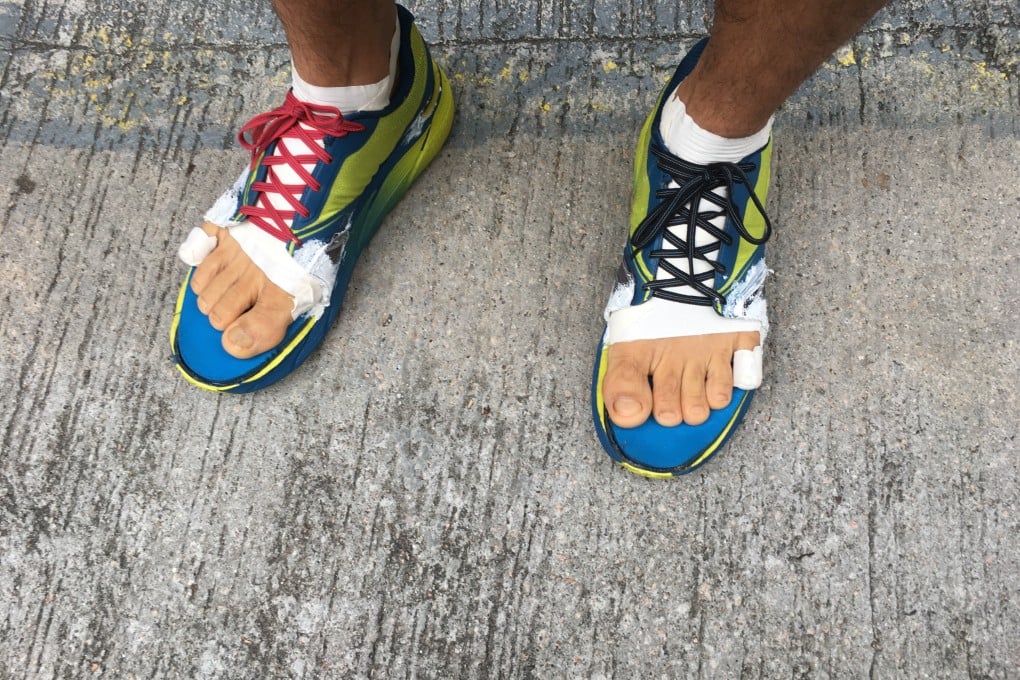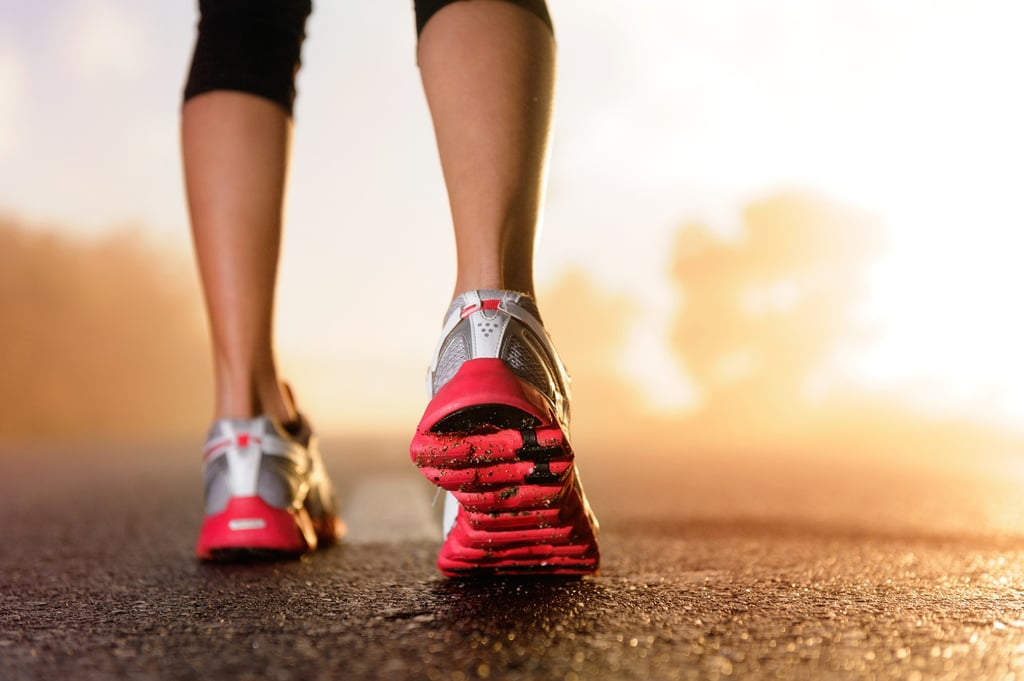Explainer | How will I know when it’s time to replace my trail running shoes? What to look for, from tread wear to guidelines
- Three are a number of signs to let you know it’s time to buy a new pair of trail running shoes
- Having the right pair of shoes is important for your performance and to stay injury fee

We all know the reluctant feeling – you have an old pair of shoes that have moulded to your feet and taken you on so many happy memories. They are hanging on for dear life and you are not ready to admit it is time to move on to a new pair.
With trail running shoes, it is important to read the signs to avoid injury. In a tough sport, when your body is under strain, the last thing you need is worn out shoes.
Listen to your body
If you are picking up aches and pains but cannot identify the source, it may be your old shoes. Nothing else has changed – your volume, your style, your routes. Even dialling back the volume does not seem to rid you of the niggly knee or tight hips.

Shoes that are compressed down means they are not absorbing as much shock, or if one area is more worn than the other, it might change your gait ever so slightly, but with bad consequences like plantar fasciitis.
New shoes might quickly solve these problems. It is sometimes amazing how quickly your body returns to normal.
If you constantly suffer from knee pain, it might be time to explore a new style of shoe altogether – perhaps you would benefit from a big soft Hoka One One. Or maybe, counter-intuitively, you need the opposite and a hard sole shoe will correct your gait. Ask the shop assistant and consult running experts. Ultimately, it is personal choice and experience.